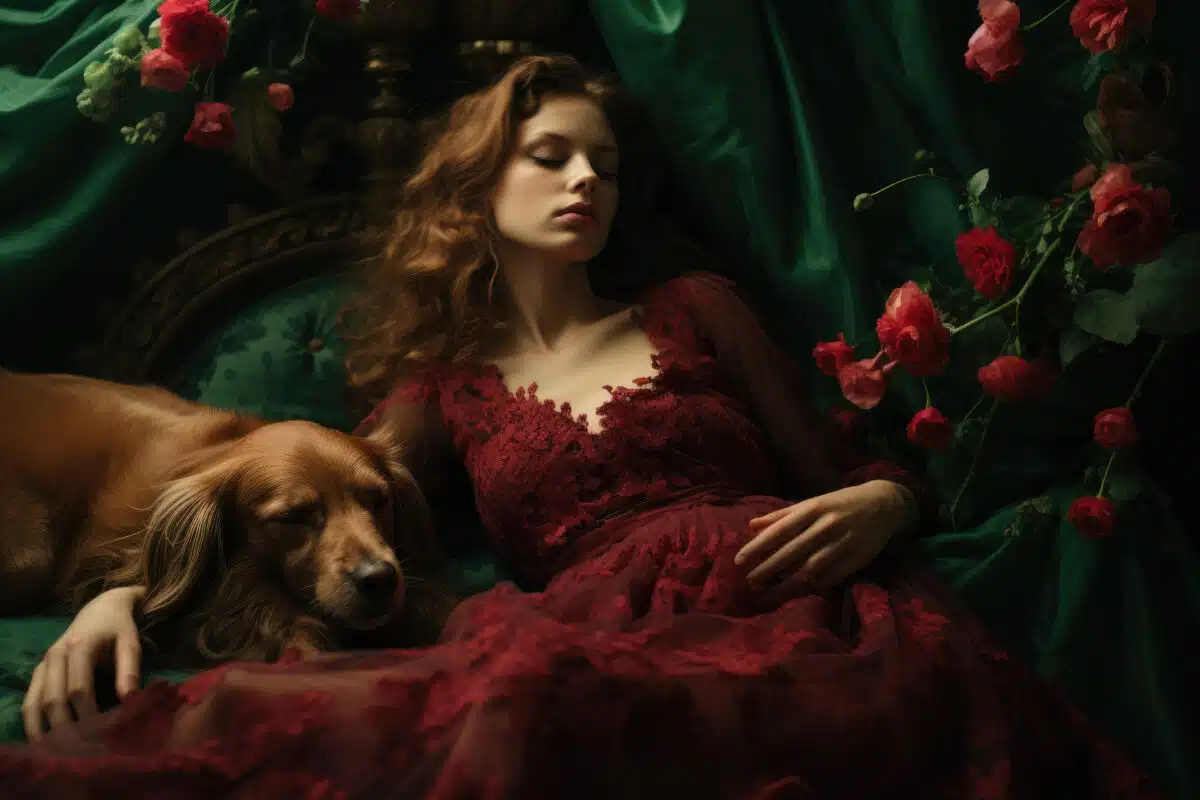Here’s what the Kimo poetry form is:
The kimo is an Israelite adaptation of the internationally popular haiku form.
It, like the haiku, consists of just three lines with set syllable counts.
The kimo has a syllable structure of 10/7/6, making it noticeably more top-heavy than its parent form, and introduces a focus on stillness.
So if you want to learn all about the Kimo poetry type, then you’ve come to the right place.
Let’s jump right into it!
- Masnavi Poetry Form: Ink Epic Narratives
- Interlocking Rubaiyat Poetry Form
- Abecedarian Poetry Form: Master Emotion’s ABCs
- Epic Poetry Form: Immerse in Tales of Triumph

Forms of Poetry: The Kimo

The kimo is one of the many poem types inspired by the haiku, with this one coming from Israel.
Like the haiku, the kimo is a three-line poem emphasizing specific syllable counts.
It, like many other adaptations of the haiku, does not require any seasonal or cutting words.
The main differences are that the poem is longer overall, opting for a 10/7/6 syllable structure instead of 5/7/5 and that the imagery is expected to have no movement.
In this way, it functions much like a poetic version of a still-life painting or a snapshot, meant to only capture a single moment in time.
One theory I’ve seen posited is that the form may have emerged from a need for more syllables to work within the Hebrew language.
This wouldn’t surprise me if it were true since forms often have to make concessions to fit within the context of new languages.
Just look at all the poem forms that suddenly became iambic when they were introduced to English.
Basic Properties of a Kimo

| Rhyme Structure | None |
| Meter | Unmetered |
| Origin | Israel |
| Popularity | Still mostly an Israeli form |
| Theme | A still image; much like a snapshot |
How Is a Kimo Structured?

The kimo has a total of 23 syllables, making it six longer than the form that inspired it.
Those added syllables are mostly added to the first line, giving it much more space within the poem, though the last line gains a syllable as well.
This has a significant effect on the structure of the poem.
Haikus are neatly balanced around the center, with the beginning and end being the same length.
In a kimo the first line is nearly twice the length of the third, making it a much more top-heavy form.
While this may initially seem to only be a superficial difference, it makes a big difference from a poet’s point of view.
Phrases that would normally be too long to fit in the opening line of a haiku are opened up as options at the cost of drawing attention away from the middle and final lines.
The poem starts out strong, then fades out.
This may be appropriate for the intent of the form, though, since the kimo is expected to flash a single image in front of the viewer before disappearing.
While haikus are traditionally centered around seasons and nature, they were always capable of portraying quick or gentle movements.
The kimo specifically mandates that the poet avoid movement in favor of a strong still image.

Like the haiku, the kimo has no mandatory rhyme or meter.
While enterprising poets may choose to integrate sound into the form, it is generally recommended not to have a discernible beat, as it could take away from the image-focus of the form.
While it isn’t the standard form, several kimos can be chained together as one longer poem.
This mimics a traditional usage of the haiku as well, so it’s not hard to imagine how that idea came into being.
Functionally the west had developed similar chains of poems independently, such as the sonnet crown or the various Celtic forms.
Examples of a Kimo

A wrecked rowboat, near lost against the rocks
sits idle, boasting boldly
of grand old adventures.
The above poem uses some clever tricks to cheat momentum into the form, but the image itself is just a crashed rowboat, so it’s undeniably stationary.
The words boasting, lost, and wrecked make the reader feel like the poem is progressing, but it never actually goes anywhere.
I took advantage of the first line’s length to split it up into two sections with a caesura (pause), in this case represented by a comma.
This effectively turns the poem into something like a 4/6/5/6 structure for some symmetry.
While this attempt pushes at the limits of the form, it never overtly breaks them.

A sleeping dog lays stretched out on the bed
as if to claim ownership,
yet it only slumbers.
This one borrows a staple of haikus by cutting the poem off at the second line, again with a comma.
Take note that both poems utilize only a single sentence.
Kimos, much like their parent form, rarely take on a second or third sentence.
They’re generally a single quick thought, perhaps even more so than the original haikus.
As with haikus, there is an emphasis on imagery.
Beauty and nature remain common themes used in kimos, but the only core tenets of the form are the unique syllable counts and the idea that the image presented should be still.
Tips for Writing a Kimo

Come up with your image before you even start writing.
Unlike narrative poems or even many short forms, the kimo is not just unlikely to have narrative progression but expressly forbidden from doing so.
This puts a lot of weight on your central image, so you need to really visualize something before you start writing.
It’s possible that not everything you envision will make it into the poem and that’s fine.
For reference, when I wrote the second example above I imagined a large brown dog laying in a sunbeam on a queen-sized bed.
Not every detail made it in, but I didn’t expect every detail of my thought to be in the poem.
It’s just what I initially envisioned.
In some ways, this forced ‘haziness’ can even improve the poem.
Without the added context from those details, one reader might have imagined a small dog laying at its owner’s feet in the dead of night while another might have imagined a huge long-haired dog that’s about to be scolded and kicked off the bed when its owner gets home from work.
Half of the fun of these short forms is that they will often be functionally incomplete in a beautiful way that invites the reader to jump in and fill in their own details.
They can ask and answer their own questions in relation to the poem that isn’t clearly answered on the page.
Of course, an inverse approach would be to try to squeeze everything you possibly can out of the 23 syllables you have to be really, really descriptive.
This would be impressive in its own right since the crispness of the image portrayed would function like a tiny literary painting.
Be very, very careful with your verbs in particular.

English sentences always require a verb and writers are generally taught that active verbs are important and interesting.
As such, it can be easy to throw an appealing verb into your poem without thinking about its placement and disrupting the ‘stillness’ of the kimo.
You can get around this somewhat with creative usage.
The rowboat from my first example is said to be “boasting” but since we know rowboats can’t talk it’s understood to be an instance of characterization instead of an actual movement.
It was “wrecked” and “lost” in the past tense but is crucially not in the middle of that event.
There are also some verbs that are completely safe.
The various forms of ‘to be’ are a good example.
Am, are, is, was, were.
None of these really imply any sort of movement. Verbs that purposely imply stillness like ‘exist,’ ‘sit,’ and ‘sleep’ are also safe.
You can use these options to glide through a line without ever moving a single object from its place.
Poet’s Note

I don’t always enjoy preparing examples for these poem forms, but this one was refreshing.
I can wholeheartedly recommend this form as a fun exercise for those looking to work within constraints but without throwing their entire afternoon out the window to master dactylic meter or some such nonsense.
Comprehensive Collection of Poetry Forms: Craft Words Into Art

Dare to traverse the entire spectrum of poetic forms, from the commonplace to the extraordinary?
Venture from the quintessential Sonnet to the elusive Mistress Bradstreet stanza, right through to the daunting complexity of Cro Cumaisc Etir Casbairdni Ocus Lethrannaigecht.
For those with a zeal to encounter the full breadth of poetry’s forms, this invitation is yours.
Start exploring the vast universe of poetic ingenuity with our comprehensive array of poetry forms right now!
